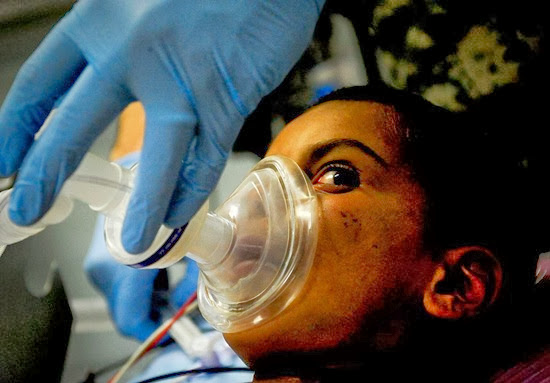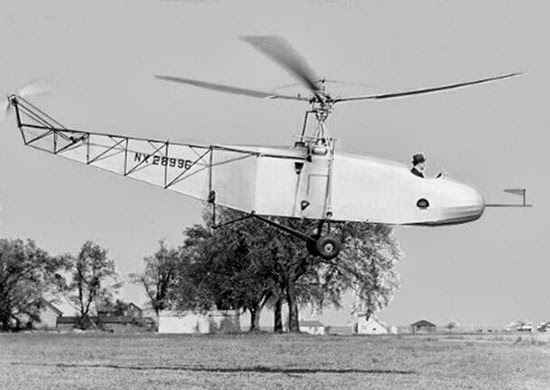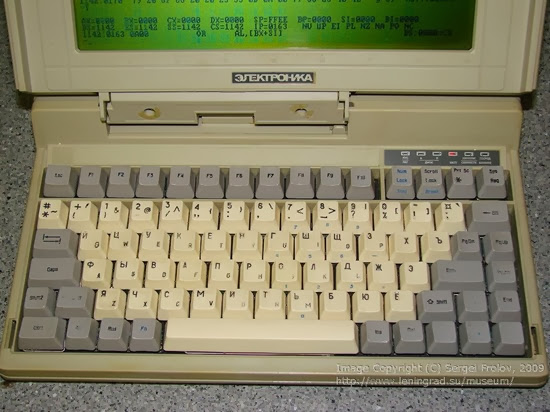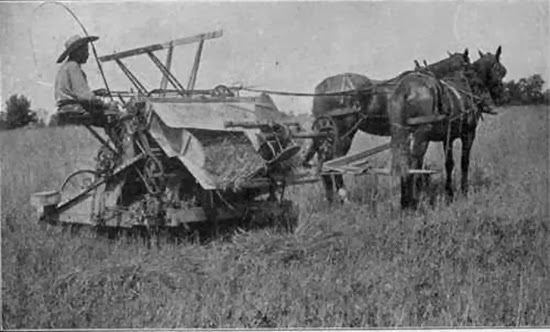
Ten Russian Inventions That Have Quietly Changed The World
By M Dee Dubroff, Inventor Spot, 3 March 2014.
By M Dee Dubroff, Inventor Spot, 3 March 2014.
Modern applied science has evolved as the result of brilliant minds everywhere breaking through established boundaries and forging new, dynamic frontiers. For many years, Russia has been at the forefront of global scientific thought and innovation, and some of the world’s most significant inventions have sprung from the minds of Russian scientists.
In some instances, these inventions were not patented in Russia due to lack of funds and were later adapted by other inventors in other countries. Here are a few revolutionary and unexpected innovations that have been integrated silently but distinctly into modern life.
1. Anaesthesia
Source: Wikmedia Commons
Nikolay Pirogov, also known as the founder of field surgery, was one of the first European physicians to administer ether as an anaesthetic, and in 1847, became the very first surgeon to use it in a field operation as well. In this experimental procedure, the first endo-tracheal narcosis was performed by delivering streams of ether through a cut made in the windpipe of a dog. One of the most widely recognized and respected names in Russian medical history, Pirogov is considered a national hero.
2. The Helicopter
Source: Sikorsky Archives
Although the term, helicopter, was first coined by the French writer, Ponton D’Amercourt, who combined the two words, helico for spiral and pter for wings, the helicopter is the brainchild of Russian inventor, Igor Sikorsky. One of the greatest designers in aviation history, Sikorsky began work on his iconic flying machine in 1910. He was not the very first person to come up with the idea of a an apparatus that flies, but he is credited with creating in 1939 the VS-300, America’s first successful helicopter with its classic design upon which 95% of all future designs were based.
The helicopter is considered an American invention because Sikorsky emigrated to the United States after the Russian Revolution. There he formed his own engineering company sponsored by a famous benefactor, the Russian composer, Sergei Rachmaninoff. In 1942, Sikorsky created a two-seater helicopter and in 1943, the VS-300 was presented to Henry Ford and his Edison Museum in Dearborn, Michigan. During a significant career, the VS-300 has the distinction of being the prototype for the world’s first production helicopter and for jumpstarting the helicopter industry.
3. Petrol Cracking
Source: Tory Aardvark
Russian engineer, scientist and architect, Vladimir Shukhov, created both the cracking method, which is a process that produces petrol from heavy crude oil, and the first industrial cracking unit in 1891. Despite modern progress with electricity that promises a new source of energy for future vehicles, for today at least, no car can run without petrol and it is the cracking process that allows for 70% of crude oil to be transformed into this vital liquid.
4. The Solar Cell
Source: Berkeley Lab
Alexander Stoletov was a 19th century Russian physicist who in the late 1880s built the first solar cell, guided by Heinrich Herz’s previous discovery of the outer photoelectric effect and earlier solar technology developed by Charles Fritts. Stoletov’s solar cell was the very first of its kind to be based on outer photoelectric effect. It was much more efficient and reliable than the Fritts model upon which it was loosely based. It was a few decades later in 1946, when Russell Ohl patented the idea of the junction semi-conductor, that the modern solar panel was born.
5. The Computer
Source: English Russia
Although computers of different types have been around in one form or another for a very long time even dating back to ancient times, it was Soviet engineer, electrician, designer and inventor, A. Gorokhov, who in 1968, designed along with Arseny Medvedev, the world’s first personal computer. (No, his alias is not Steve Jobs, whose brilliant marketing tactics transformed the Apple computer into a household word.) This first device included a monitor, a separate hard drive, video card, motherboard, memory and other features.
6. Synthetic Rubber
Source: PR Log
Synthetic rubber is an indispensable commodity in the modern world. It is vital to the operation of tires for cars, aircraft, bicycles, insulation, medical devices and solid rocket propellants to name just a few of a very long list.
It was Russian chemist, Sergei Lebedev, who developed the method used to create synthetic rubber back in 1910. He recorded his findings for the development of commercial rubber in a 1913 book, Research in Polymerisation of By-ethylene Hydrocarbons, which became the scientific standard of rubber industrial synthesis. A few decades later in 1932, engineers in Russia established the world’s first synthetic rubber industry based solely on Lebedev’s applications.
7. Yoghurt
Source: Wikipedia
The ancient culture of Thrace (modern day Bulgaria) was the very first to develop the wining combination of mixing milk with ferments to create yoghurt more than 4,000 years ago, but it was a Russian biologist named Ilya Ilyich Mechnikov who first theorized its health aspects.
In the early years of the twentieth century, Mechnikov linked heavy consumption of yoghurt containing lactobacillus, with both the reduction of the build up of toxic bacteria in the intestines and the long life spans of Bulgarian peasants. For the rest of his life, he worked tirelessly to popularize yoghurt throughout the European nations as a healthy food.
8. Caterpillar Tracks, Track Assembly
Source: Agriculture.com
Originally a patent for a “carriage with a flat chain mechanical caterpillar”, the drawing executed by Russian army captain, Dmitry Zagryazhsky, was issued to the Ministry of France. Although a patent was granted in 1837, it was annulled two years later due to lack of interest among manufacturers. Some forty years later, Russian inventor, Fyodor Binov, expanded Zagryazhsy’s concept and developed a wagon that moved on caterpillars. This revolutionized warfare as what initially became the production of tractors soon led to the development of the modern tank.
9. Grain Harvester
Source: Chest of Books
The reaper-thrasher was the very first attempt to invent a grain harvester and it occurred on the grounds of an estate in Tyer Province, Russia back in 1868. Russian inventor Andrei Vlasenko who managed the estate, created a wooden apparatus drawn by three horses whose force was equivalent to that of twenty human workers, a revolutionary proportion at the time.
The success of this machine inspired him to build two others, powered by two horses each but driven by one operator. In the 1870s, a similar improved thrasher was built in California, but this one was powered by 24 mules and driven by seven operators.
10. Transformers
Source: Custompower Transformer
Without the brilliance of Russian electrical engineer Pavel Yablochkov and physicist, Ivan Usagin, the world would have no power grids. These two Russian scientists invented, built and put into operation the world’s first transformer. Yablochkov back in the 1870s made it all possible by his ingenuous solution known as the distribution of light. Later in the 19th century, Lucien Gaulard and Josiah Willard Gibbs invented the open core transmitter.
The list of Russian inventions that have changed the world is extensive, to say the least. Russia’s contributions to global scientific thought and inquiry are enormous and they continue to this day, transforming and improving daily life everywhere.










No comments:
Post a Comment
Please adhere to proper blog etiquette when posting your comments. This blog owner will exercise his absolution discretion in allowing or rejecting any comments that are deemed seditious, defamatory, libelous, racist, vulgar, insulting, and other remarks that exhibit similar characteristics. If you insist on using anonymous comments, please write your name or other IDs at the end of your message.